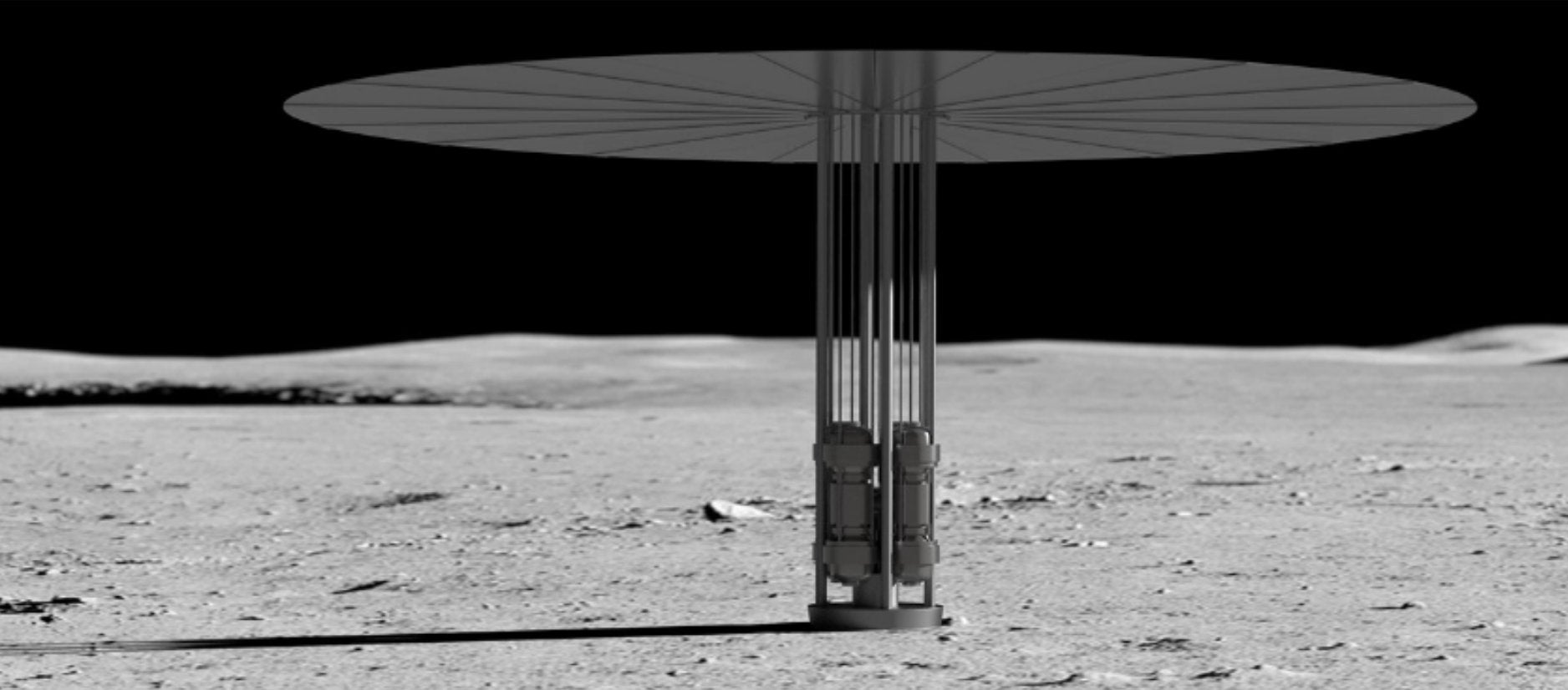Nasa announces successful 'Kilopower' test of nuclear reactor for space
Your support helps us to tell the story
From reproductive rights to climate change to Big Tech, The Independent is on the ground when the story is developing. Whether it's investigating the financials of Elon Musk's pro-Trump PAC or producing our latest documentary, 'The A Word', which shines a light on the American women fighting for reproductive rights, we know how important it is to parse out the facts from the messaging.
At such a critical moment in US history, we need reporters on the ground. Your donation allows us to keep sending journalists to speak to both sides of the story.
The Independent is trusted by Americans across the entire political spectrum. And unlike many other quality news outlets, we choose not to lock Americans out of our reporting and analysis with paywalls. We believe quality journalism should be available to everyone, paid for by those who can afford it.
Your support makes all the difference.Nasa has successfully tested a nuclear reactor they will send to space.
The agency hopes that the breakthrough can allow future missions to the Mars and Moon to be powered with nuclear energy.
Tests conducted by Nasa seemed to suggest that the space-bound nuclear reactor was even more successful than it had thought.
Scientists said that it is the first step towards sending the Kilopower technology up unto space, so that fission can be used to power space exploration missions. The next step will be flight tests to see how such a system would perform in space, Nasa said.
In the future, the agency hopes that it can send the small power plant on missions to Mars and the Moon. On those long missions, it will be very difficult to provide energy for the operations and people involved using traditional techniques – but using a nuclear reactor will give huge amounts of energy without the need for refuelling.
It will be able to do so very safely because the fuel contained within it is very safe and only mildly radioactive until it is turned on. That will allow it to be carried into space without damaging the people or equipment that are flying with it.
Once it is turned on, however, it will give out safe and reliable power that can be used by people without needing much input, officials said during a press conference. That will be very important during long missions that will rely on having a dependable source of fuel.
"When we go to the moon and eventually on to Mars, we are likely going to need large power sources not dependent on the Sun," said James Reuter, acting associate administrator of NASA’s Space Technology Mission Directorate.
Nasa also shared a photo of how such a system might look on the Moon. Engineers noted that it will require great expertise to set it up there, whether humans were there or not.

When the system is finished with – which could take hundreds of years – it will probably be left on the planet it has been taken to, such as Mars. But engineers stressed that the waste it puts out will be very contained, and so the area around it will not be contaminated.
Even aside from its use in space, the Kilopower system marks a major breakthrough for nuclear power. It is the first nuclear reactor of any kind in the US for 40 years, said Dave Poston from the National Nuclear Security Administration, which looks after the country's nuclear equipment.

Join our commenting forum
Join thought-provoking conversations, follow other Independent readers and see their replies
Comments